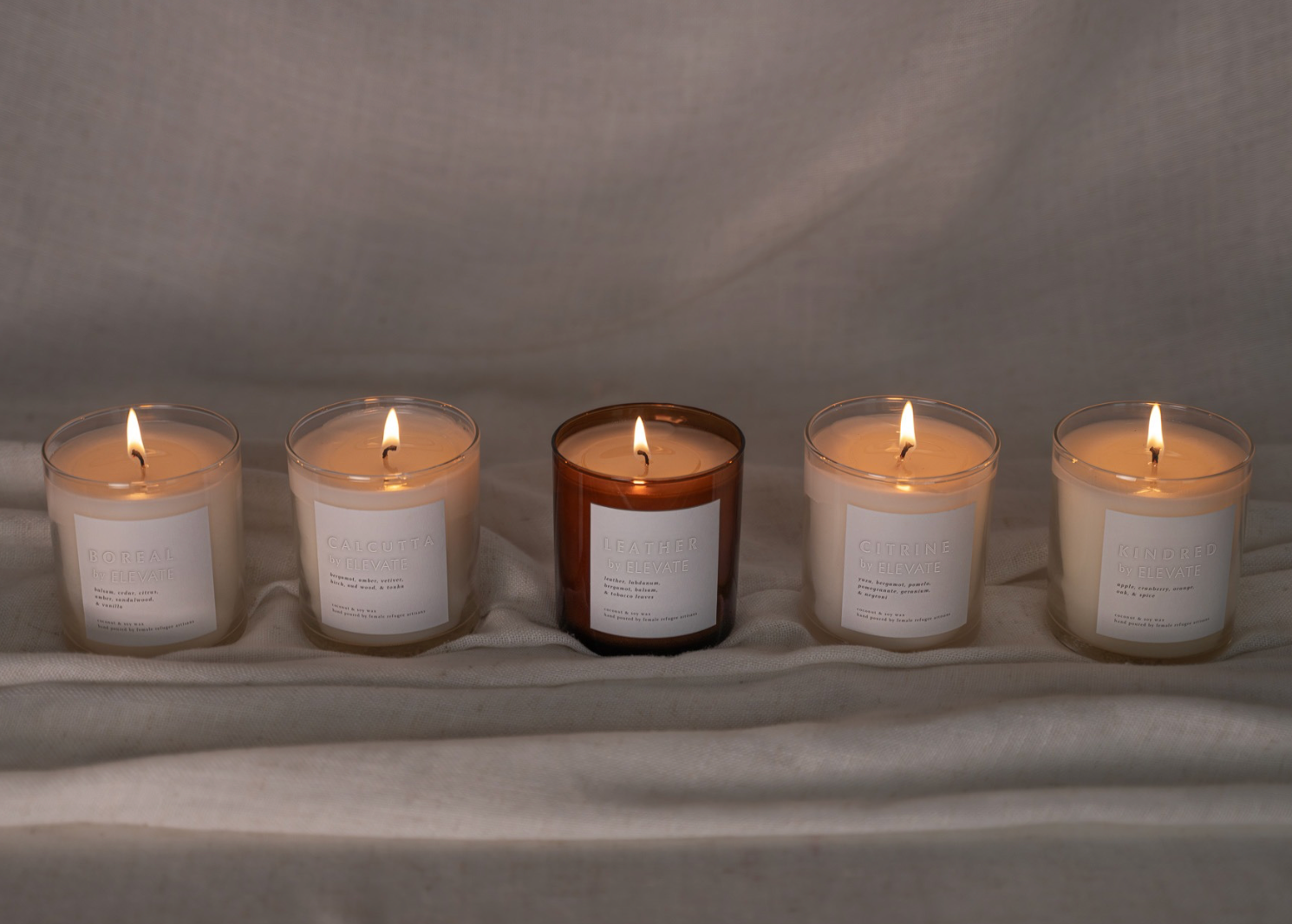
Sustainable Fashion Vs. Ethical Fashion
You might have heard the terms sustainable fashion or ethical fashion and not fully understood the difference or fully what they mean. Sustainable and ethical fashion are two terms that are often used interchangeably, but they actually have different meanings and implications. Understanding the difference between the two can help you as a consumer make more informed choices when it comes to their purchases.
What is Sustainable Fashion?
Sustainability has become a buzzword over the past few years. The marketing geniuses are playing on the words sustainable fashion left and right as a sales pitch, with many consumers not understanding if something is sustainable or ethical or what that means. “Sustainable fashion builds on the concept of sustainable development, which the UN defined in 1987 as 'development that meets the needs of the present without compromising the ability of future generations to meet their own needs'”. This means brands are aiming to lessen their environmental footprint. Some call it eco-fashion, some call it ethical fashion, but in the grand scheme of it all, it’s a goal to make fashion better and do it better. It doesn’t always work, but it is headed in the right direction. For fashion to be sustainable, people will talk about a ‘circular economy”, keeping items out of the landfill as long as possible and protecting the environment from chemicals and harmful dyes for the garments or accessories. The goal is to move away from throw-away, fast fashion and think about the long-term impact of each item.
For more info on a circular economy, check out here.
A major question is what the difference between Ethical and Sustainable is, as they are often used interchangeably.
Ethical fashion
Ethical Fashion is based more on human rights and morals in manufacturing. It focuses on the treatment of the people involved in the production process. This includes ensuring fair wages and safe working conditions for garment workers and promoting transparency and accountability throughout the supply chain. This would look like: Are the workers earning a living wage, are they treated well, and are they empowered in the supply chain (anti-slavery)?
Sustainable Fashion
Sustainable fashion typically emphasizes the environmental impact of the product or supply chain. Sustainable fashion refers to clothing that is produced in a way that has minimal impact on the environment. This can include using eco-friendly materials, reducing waste during production, and implementing sustainable manufacturing practices. Sustainable fashion also considers the longevity of the clothing, aiming to create durable and long-lasting pieces. Sometimes, things are ethical and unsustainable (ex, a shoe company that empowers women, but materials are not sustainable). Other times a brand is sustainable, but not ethical (ex: a brand that uses materials that are good for the environment, but not created in ways that empower their workers/ keep their workers enslaved: H&M’s conscious collection is an example).
The Difference
In essence, while sustainable fashion is primarily concerned with the environmental impact of clothing production, ethical fashion strongly emphasizes the industry's social and human rights aspects. Both concepts are essential for creating a more responsible and conscientious fashion industry, and consumers can support these efforts by choosing clothing that aligns with both sustainable and ethical principles. You do sometimes have to do your research as many times brands can use these terms without following through on what they imply.
Embrace Both
At Elevate you can know your purchase suits people (ethical) and the planet (sustainable). All our products are made through ethical manufacturing, where the team earns more than a living wage. The leather is vegetable tanned, which is better for the environment and the people tanning the leather, lessening the environmental impact on the planet and people. We oversee our supply chain personally, and you can see many of our behind-the-scenes on our socials.



